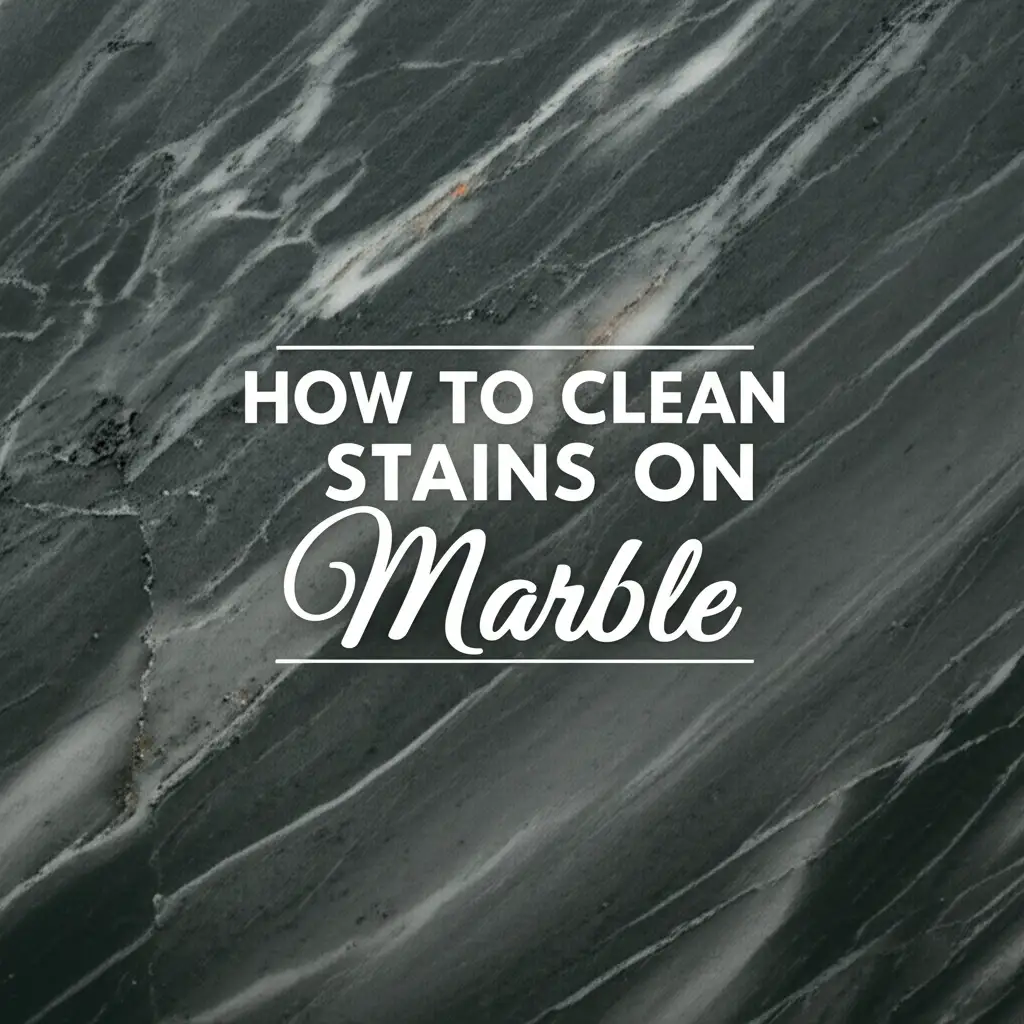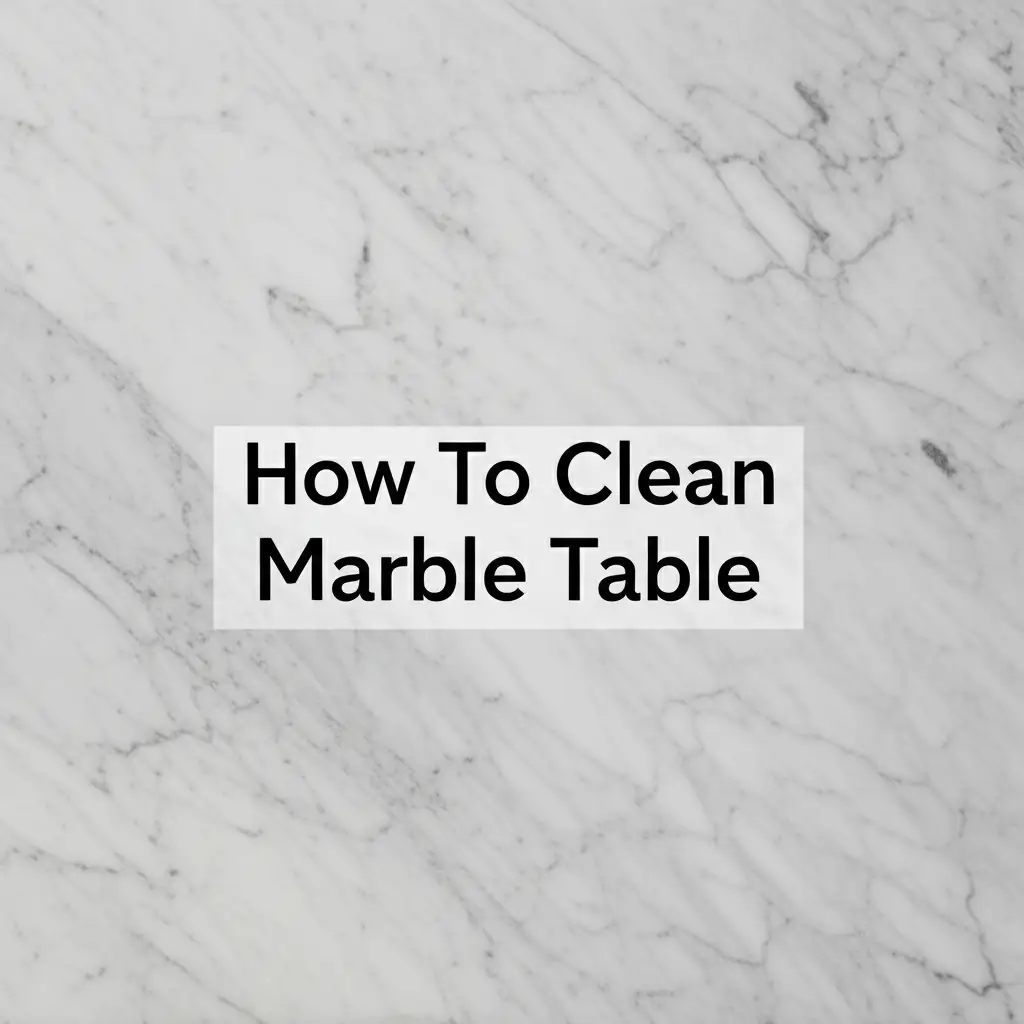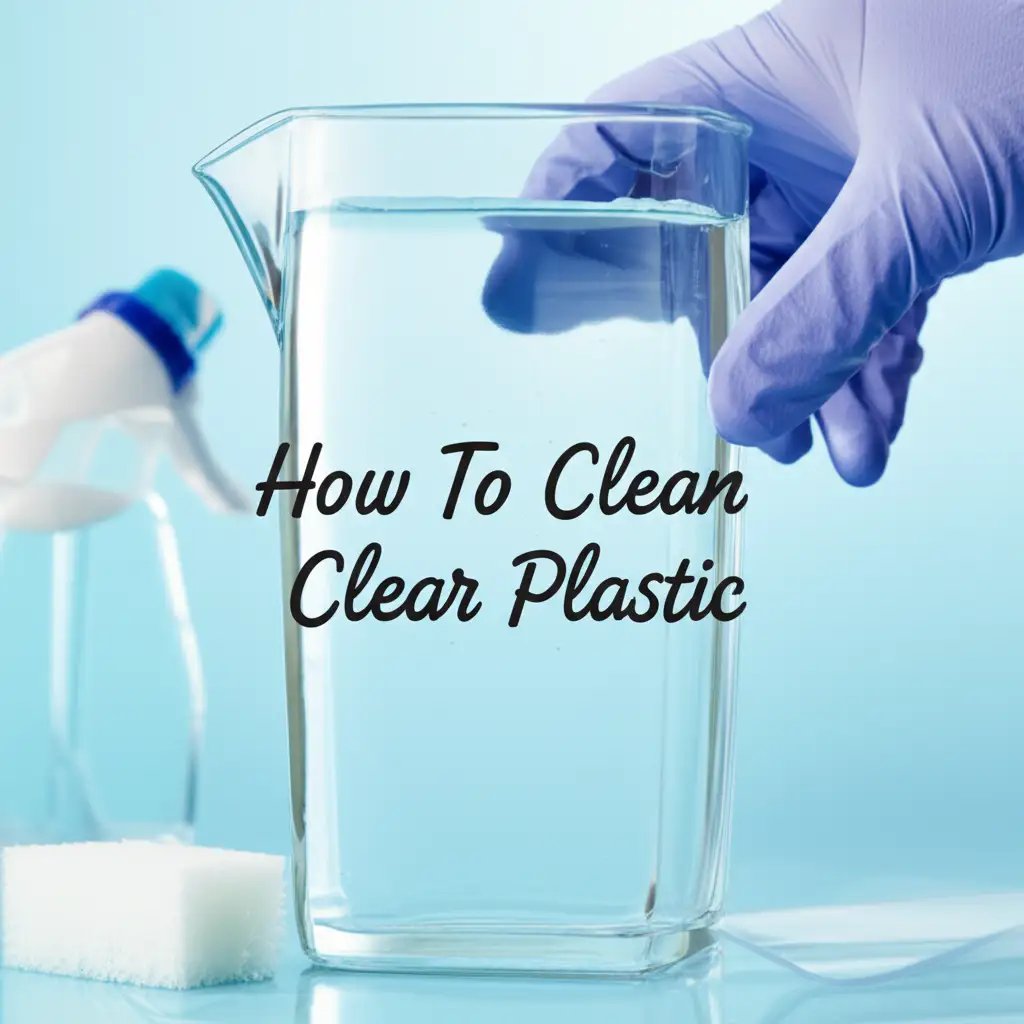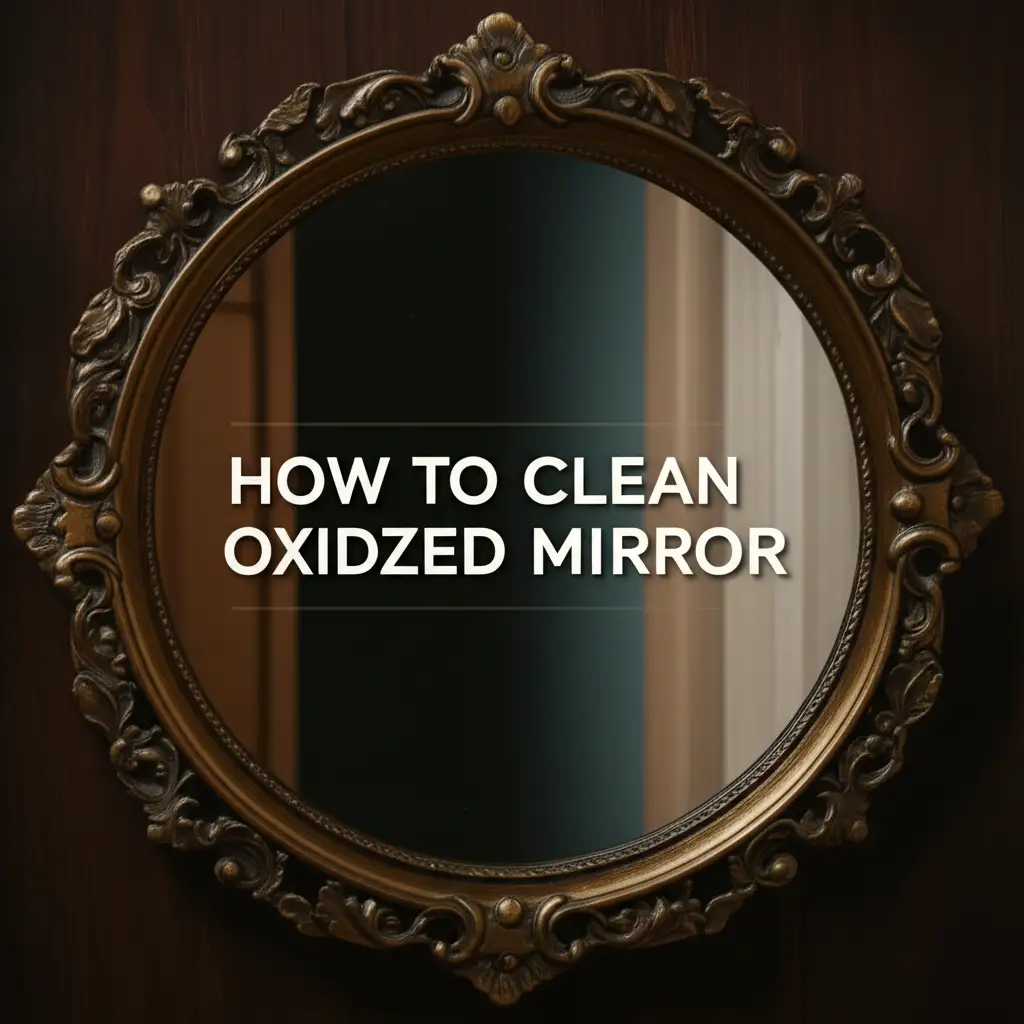· Home Care · 16 min read
How To Wash A Memory Foam Pillow

Clean Your Memory Foam Pillow the Easy Way
Your memory foam pillow supports your sleep every night. It absorbs sweat, skin cells, and oils. Over time, it can start to feel less fresh. Many people wonder, “How to wash a memory foam pillow?” It is not like washing a regular pillow. Memory foam needs special care.
Washing a memory foam pillow the wrong way can damage it. It can lose its shape and support. This guide will show you safe methods. You will learn how to clean, refresh, and maintain your memory foam pillow. We will cover spot cleaning, hand washing, and proper drying.
Takeaway
- Avoid machine washing and drying. This can destroy memory foam.
- Hand wash or spot clean for best results.
- Use mild detergent and cool water.
- Air dry completely to prevent mildew.
A memory foam pillow needs gentle cleaning. You should hand wash it or spot clean it using mild soap and cool water. Rinse it thoroughly and press out excess water without twisting. Allow the pillow to air dry completely, away from direct heat or sunlight.
Why Your Memory Foam Pillow Needs Cleaning
Your pillow is a vital part of your sleep setup. It supports your head and neck all night long. But did you know your pillow collects more than just dust? It gathers sweat, dead skin cells, and body oils.
This buildup creates an unclean environment. It can lead to odors and even trigger allergies. A clean pillow promotes better sleep hygiene. It helps you breathe cleaner air while you rest. Regular cleaning extends your pillow’s life. It keeps it feeling fresh and supportive for longer.
The Importance of Pillow Hygiene
Good pillow hygiene means a healthier sleep. An unclean pillow can harbor dust mites. These tiny creatures thrive in warm, damp places. They feed on dead skin cells. Many people are allergic to dust mites. This can cause sneezing, itching, and breathing problems.
Cleaning your memory foam pillow reduces allergens. It removes the things dust mites like. A fresh pillow smells better. It feels cleaner against your skin. This simple step improves your sleep quality. You wake up feeling more refreshed.
Protecting Your Investment
Memory foam pillows are often a bigger investment than standard pillows. They offer specific comfort and support. Proper cleaning protects this investment. It helps the foam maintain its structure. It keeps the pillow from breaking down too fast.
Washing your memory foam pillow correctly ensures its longevity. You avoid costly replacements. You keep enjoying the benefits of your supportive pillow. This careful approach saves you money in the long run. It helps you get the most from your purchase.
Essential Supplies for Washing Your Memory Foam Pillow
Before you start cleaning, gather all your materials. Having everything ready makes the process smoother. You do not want to stop midway to find a tool. Preparation saves time and effort. It also ensures you use the right products.
Using incorrect supplies can harm your memory foam pillow. For example, harsh chemicals can break down the foam. Strong detergents can leave residues. Always choose gentle options. This protects the pillow’s integrity.
What You Will Need
You need a few common household items. These are easy to find. Make sure they are clean before you begin. A clean work area helps too.
- Mild liquid detergent: Choose one free of harsh chemicals. Baby laundry detergent works well. Do not use bleach or fabric softener.
- Large basin, bathtub, or clean sink: You need space to submerge the pillow. A bathtub is best for larger pillows. You can learn more about how to wash clothes in a bathtub if you are cleaning a very large item.
- Clean towels: Several towels are needed to absorb water. You will use them to press water out of the pillow.
- Vacuum cleaner with an upholstery attachment (optional): This helps remove loose dust before washing.
- Spray bottle (for spot cleaning): Useful for targeting small stains.
Gathering these items before you start is important. It ensures a smooth cleaning process. You are ready for each step. This preparation prevents mistakes.
Checking the Care Label
Always check your pillow’s care label first. This label gives specific instructions from the manufacturer. Some memory foam pillows have removable covers. These covers are usually machine washable. The foam core often requires special care.
The label might say “spot clean only.” It might also say “do not machine wash.” Following these instructions is crucial. Ignoring them can void a warranty. It can also cause irreversible damage to the foam. A care label is your first guide.
Spot Cleaning Memory Foam Pillows
Spot cleaning is perfect for small spills or stains. It is a quick way to keep your pillow fresh between deeper washes. This method avoids fully saturating the foam. It is less invasive than hand washing. Spot cleaning helps extend the time between full washes.
It is also useful for pillows that cannot be fully submerged. Some memory foam types are too delicate for total wetness. This method targets specific dirty areas. It keeps the rest of the pillow dry. It is a gentle and effective solution.
Steps for Spot Cleaning
Spot cleaning is a simple process. You only need a few items. Work on a clean, flat surface. This helps keep the rest of the pillow clean.
- Remove the pillowcase: Take off any pillowcases or covers. These can usually be machine washed separately.
- Vacuum the pillow: Use an upholstery attachment to vacuum the pillow. This removes loose dirt, dust, and debris. This step prevents dirt from spreading when you add water.
- Prepare cleaning solution: Mix a small amount of mild liquid detergent with cool water. Use a ratio of one teaspoon of detergent to two cups of water. Put this mixture in a spray bottle.
- Spray the stained area: Lightly mist the stained area with the cleaning solution. Do not oversaturate the foam. You want the foam damp, not soaked.
- Blot the stain: Use a clean cloth or sponge to gently blot the stain. Work from the outside of the stain towards the center. This stops the stain from spreading. Do not rub the foam. Rubbing can damage the material.
- Rinse with clean water: Dampen a separate clean cloth with plain cool water. Blot the area again to rinse away the soap. Make sure all soap residue is gone. Soap left behind can attract more dirt.
- Absorb excess moisture: Press a dry, clean towel firmly onto the damp area. This absorbs as much moisture as possible. Repeat with fresh, dry sections of the towel until no more water comes out.
- Air dry: Lay the pillow flat in a well-ventilated area. Allow it to air dry completely. You can also place it near a fan. Do not use direct heat. Ensure the spot is totally dry before using the pillow.
Spot cleaning is excellent for specific marks. It helps you maintain freshness. This method is gentle on your pillow.
Hand Washing Your Memory Foam Pillow: Step-by-Step
Hand washing is the safest and most recommended method for a thorough clean. It allows you to control the amount of water and pressure. Machine washing is too harsh for most memory foam. The agitation can tear the foam. Hand washing prevents this damage.
This method removes deeper dirt and odors. It refreshes the entire pillow. It takes more time than spot cleaning. However, it provides a much deeper clean. Plan for ample drying time after hand washing. Drying is the most crucial part of this process.
Detailed Hand Washing Instructions
Follow these steps carefully for the best results. Patience is key when hand washing memory foam. Remember that you can apply similar principles if you need to wash clothes without a washer.
- Fill a large basin or tub: Fill your basin, large sink, or bathtub with cool or lukewarm water. Hot water can damage memory foam. It can break down the foam’s structure.
- Add mild detergent: Add a small amount of mild liquid detergent to the water. A tablespoon is usually enough for a pillow. Swish the water to mix the detergent evenly. Do not create excessive suds. Too many suds are hard to rinse out.
- Submerge the pillow: Gently place the memory foam pillow into the soapy water. Press down on it to fully submerge it. The pillow will soak up a lot of water. Knead the pillow gently with your hands. This helps the water and soap move through the foam. Focus on squeezing and releasing. This pushes dirt out.
- Rinse thoroughly: Drain the soapy water. Refill the basin with clean, cool water. Submerge the pillow again and knead it. Continue to squeeze and release the pillow under clean running water until all soap is gone. This might take several rinses. Soap residue can break down foam over time. It can also attract dust.
- Press out excess water: This step is critical. Do not wring or twist the pillow. This can tear the foam. Instead, press down firmly on the pillow with your hands. Roll it up like a sleeping bag to squeeze out water. Place it between several clean, dry towels. Press down again. Change towels as they become saturated. Remove as much water as possible. The drier it is, the faster it will air dry.
Hand washing ensures a deep clean without damage. It preserves your pillow’s shape. This method protects its special qualities.
Dealing with Odors: Refreshing Your Pillow
Memory foam pillows can sometimes develop lingering odors. This happens even with regular cleaning. Odors can come from sweat, body oils, or just being closed up. Removing these smells makes your pillow much more pleasant. It enhances your sleep experience.
There are effective ways to tackle these odors. You do not always need a full wash. Simple methods can often refresh your pillow. These methods are gentle and do not involve water. This is useful for quick refreshing.
Baking Soda Method
Baking soda is a natural deodorizer. It absorbs smells without harsh chemicals. This method works well for light odors. It is also good for regular maintenance.
- Remove pillowcase: Take off any covers from the pillow.
- Sprinkle baking soda: Lightly sprinkle baking soda evenly over one side of the memory foam pillow. Make sure you cover the entire surface.
- Let it sit: Leave the baking soda on the pillow for at least an hour. For strong odors, let it sit for several hours or overnight.
- Vacuum it off: Use a vacuum cleaner with an upholstery attachment. Carefully vacuum up all the baking soda. Ensure no powder remains.
- Flip and repeat: Flip the pillow over and repeat the process on the other side. This ensures full odor removal.
- Air out: After vacuuming, let the pillow air out in a well-ventilated room. Fresh air helps dissipate any remaining smells.
This baking soda treatment is very effective. It leaves your pillow smelling clean and fresh. It is a dry method, so no drying time is needed.
Airing Out Your Pillow
Sometimes, all a pillow needs is fresh air. This is the simplest way to refresh it. Airing out helps release trapped moisture and stale smells. Do this regularly, even if you do not wash the pillow.
Find a spot with good air circulation. Direct sunlight can help sanitize and dry the pillow. However, avoid prolonged exposure to very hot sun. Too much direct heat can cause memory foam to break down. A shaded, breezy outdoor area is ideal. You can also use a fan indoors.
Lay the pillow flat or stand it on its side. Let it air for several hours. This simple step can greatly improve your pillow’s freshness. Do this monthly for best results. It keeps your pillow smelling clean naturally.
Drying Memory Foam Pillows Safely
Drying your memory foam pillow correctly is the most critical step. If you do not dry it completely, mildew and mold can grow. This creates unpleasant odors and can be unhealthy. Mold inside your pillow means you might have to throw it away. Proper drying prevents this.
Memory foam absorbs water like a sponge. It also holds onto moisture. It takes a long time to dry. Patience is key here. Never use a machine dryer. The high heat will melt or break down the foam. This will ruin your pillow.
The Air-Drying Process
Air drying is the only safe method for memory foam. You need a clean, dry, well-ventilated space. Avoid humid environments.
- Press out maximum water: After washing, press out as much water as you can. Do this gently without twisting. Use clean, dry towels to absorb moisture. Roll the pillow in towels and press firmly. Repeat with fresh towels until no more water comes out. This step significantly reduces drying time.
- Prepare drying area: Choose a spot with good airflow. This could be outdoors on a sunny, breezy day (but not in direct harsh sun for too long). Or it could be indoors with a fan running. Place the pillow on a clean, dry surface. A mesh rack or clean laundry basket works well. This allows air to circulate around the pillow.
- Position the pillow: Lay the pillow flat. You can prop it up on its side to expose more surface area.
- Flip and rotate regularly: Every few hours, flip the pillow over. Rotate its position. This ensures even drying. It helps air reach all parts of the foam.
- Use a fan: Place a fan near the pillow to speed up the drying process. The fan creates airflow that evaporates moisture faster.
- Check for dampness: Squeeze the pillow gently to check for any damp spots. Pay close attention to the center. It is often the last part to dry.
- Dry completely: This process can take 24 to 72 hours, depending on pillow size and humidity. Do not use the pillow until it is completely dry. Any lingering moisture will lead to mold. It is better to wait an extra day than risk mold.
Drying correctly ensures your memory foam pillow remains clean, fresh, and durable. This step cannot be rushed.
When to Avoid Washing and How to Protect Your Pillow
Not all memory foam pillows are designed to be washed. Some may have specific construction that makes them unsuitable for wet cleaning. It is crucial to know when to avoid washing to prevent damage. Always check the care label first. If it says “spot clean only” or “do not wash,” follow that advice strictly.
Even with washable pillows, knowing how to protect them can reduce the need for frequent deep cleaning. Protecting your pillow saves time and extends its life. Prevention is often better than a cure when it comes to delicate items like memory foam. This proactive approach keeps your pillow in excellent condition.
Non-Washable Pillows
Some memory foam pillows contain gels, beads, or complex layers. These might react poorly to water. Water can break down certain adhesives or materials. Always prioritize the manufacturer’s care instructions. If your pillow is not washable, stick to spot cleaning and airing it out.
For these types of pillows, covers are even more important. A good cover acts as a barrier. It protects the foam from moisture and stains. This extends the pillow’s life without direct washing.
Protecting Your Pillow
Protecting your memory foam pillow is simple. Regular maintenance prevents stains and odors. These steps keep your pillow clean for longer. They also reduce how often you need to wash it.
- Use a pillow protector: This is the best defense. A pillow protector zips around your pillow. It creates a barrier against sweat, oils, dust mites, and spills. Choose a waterproof or water-resistant protector. These are easy to wash in a machine. You can think of it like cleaning a heated mattress pad; a protector adds a washable layer.
- Use a pillowcase: Always put a regular pillowcase over the protector. Pillowcases are easy to wash regularly. Change your pillowcase at least once a week. This removes surface dirt and oils.
- Vacuum regularly: Use an upholstery attachment to vacuum your pillow once a month. This removes dust and allergens from the surface. It is a quick way to keep it fresh.
- Air out weekly: Allow your pillow to air out without its case for a few hours each week. This helps release moisture and keeps it smelling fresh. Place it near an open window or fan.
- Address spills immediately: If something spills on your pillow, act fast. Blot the spill right away. Use the spot cleaning method quickly. This prevents the stain from setting in. Quick action minimizes damage.
- Avoid eating or drinking in bed: This reduces the chance of accidental spills. It keeps your sleeping area cleaner. This simple habit prevents many common pillow issues.
By following these protective measures, your memory foam pillow will stay cleaner. It will last longer. You will enjoy its comfort for many years.
Frequently Asked Questions
Understanding common concerns helps you care for your memory foam pillow. These questions cover important topics related to cleaning and maintenance. Knowing the answers ensures you protect your pillow. It also keeps your sleep environment healthy.
Can you put memory foam in the washing machine?
No, you should never put memory foam in a washing machine. The machine’s agitator and strong spinning action can tear the foam. It can break down its structure. Machine washing can also cause the foam to clump together. This ruins its supportive qualities. Always choose hand washing or spot cleaning.
How often should I clean my memory foam pillow?
You should spot clean your memory foam pillow as needed for spills or small stains. For a deeper clean, hand wash it every 3 to 6 months. Use a pillow protector and wash the pillowcase weekly. This helps keep the pillow fresh and reduces the need for frequent full washes.
How do I dry a memory foam pillow quickly?
Drying a memory foam pillow takes time because it absorbs a lot of water. Do not use a machine dryer. Instead, press out as much water as possible with clean towels. Then, air dry the pillow in a well-ventilated area. Use a fan to increase airflow. Flip it often. It can take 24-72 hours.
What happens if memory foam gets wet?
If memory foam gets wet, it will absorb a large amount of water. If not dried completely, it can develop mold and mildew. This leads to unpleasant odors and can cause health issues. Wet memory foam also becomes heavy. Improper drying can also cause the foam to break down or lose its shape.
Can I use a fabric softener on my memory foam pillow?
No, you should not use fabric softener on a memory foam pillow. Fabric softener can leave a residue on the foam. This residue can break down the foam’s structure over time. It can also reduce the foam’s ability to breathe. Stick to mild, residue-free liquid detergents for cleaning.
Can direct sunlight damage memory foam?
Prolonged direct exposure to intense sunlight can damage memory foam. The UV rays and high heat can cause the foam to yellow and become brittle. It can also break down its chemical structure. While a brief period in indirect sunlight for airing is fine, avoid long exposures. Choose a shaded, breezy area for drying instead.
Conclusion
Keeping your memory foam pillow clean is essential for good sleep and hygiene. We have explored the best ways to wash a memory foam pillow. You learned that machine washing is not an option. Hand washing or spot cleaning are the safest paths. Drying your pillow completely is also very important.
Remember to gather your supplies, check the care label, and always use gentle methods. Protecting your pillow with covers and regular airing out reduces the need for deep cleaning. By following these steps, your memory foam pillow will stay fresh and supportive. You will enjoy a clean, healthy sleep environment for years to come. Invest in your sleep, and take good care of your pillow.
- memory foam care
- pillow cleaning
- gentle washing
- pillow maintenance




